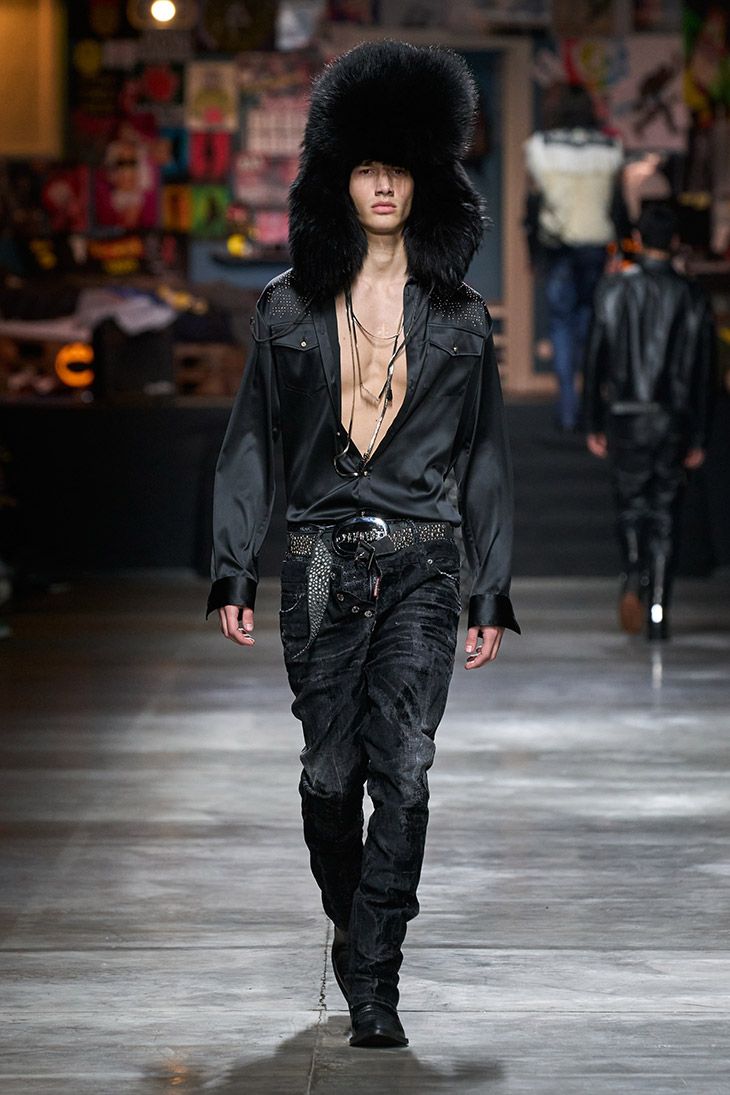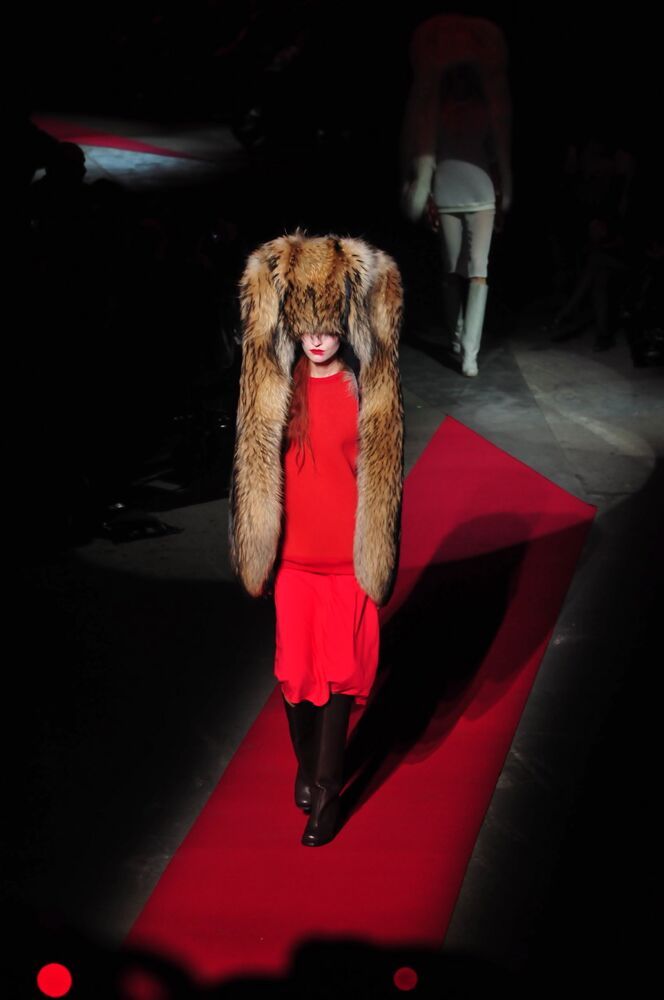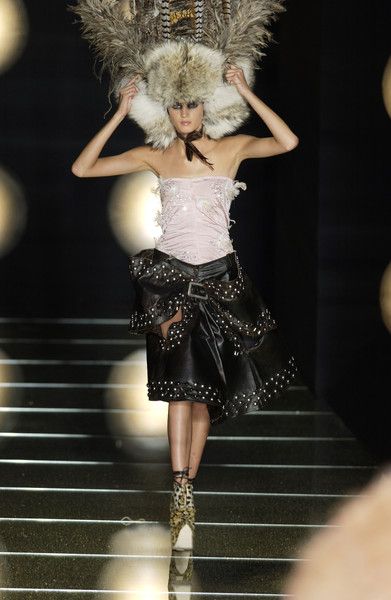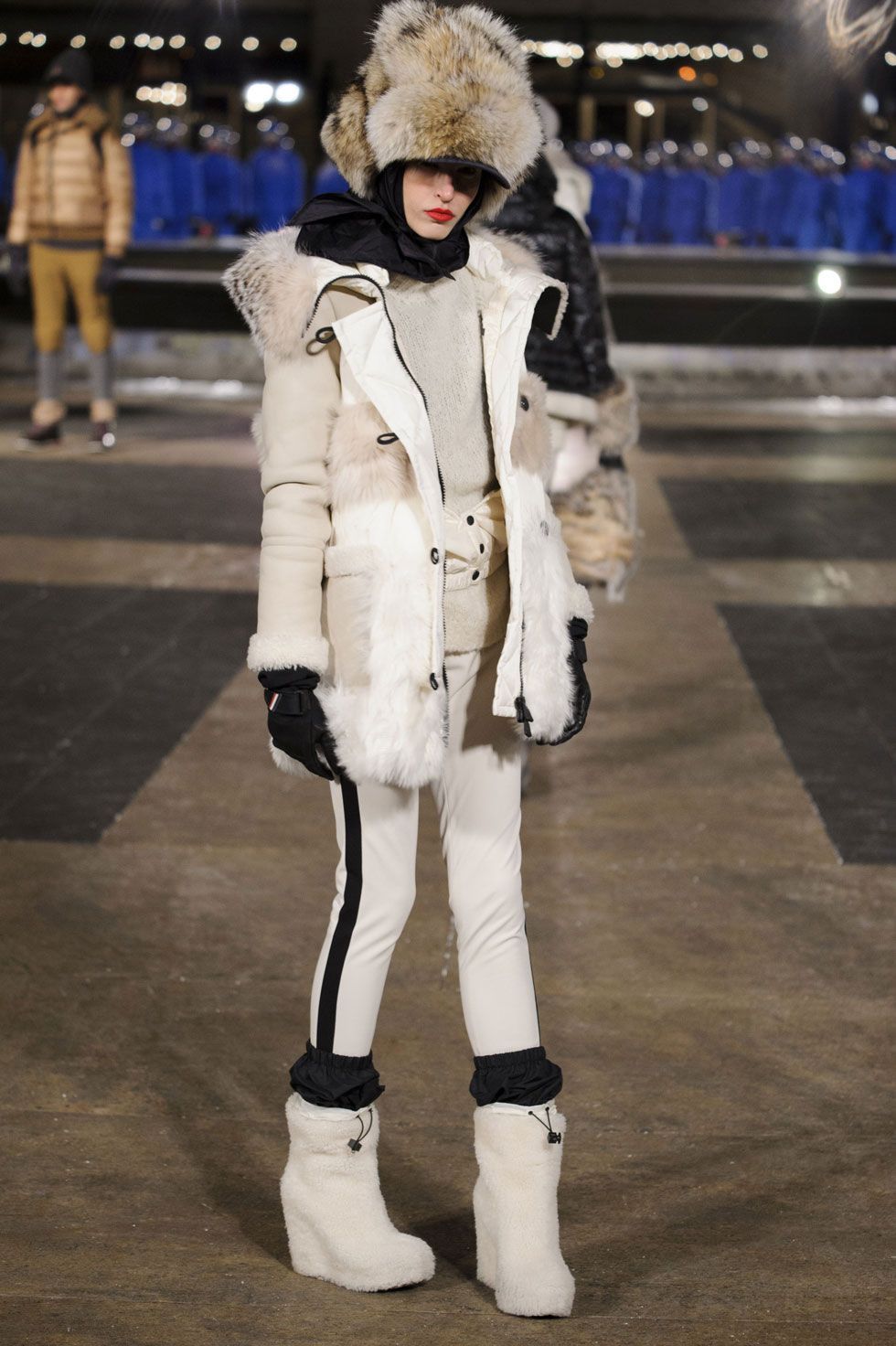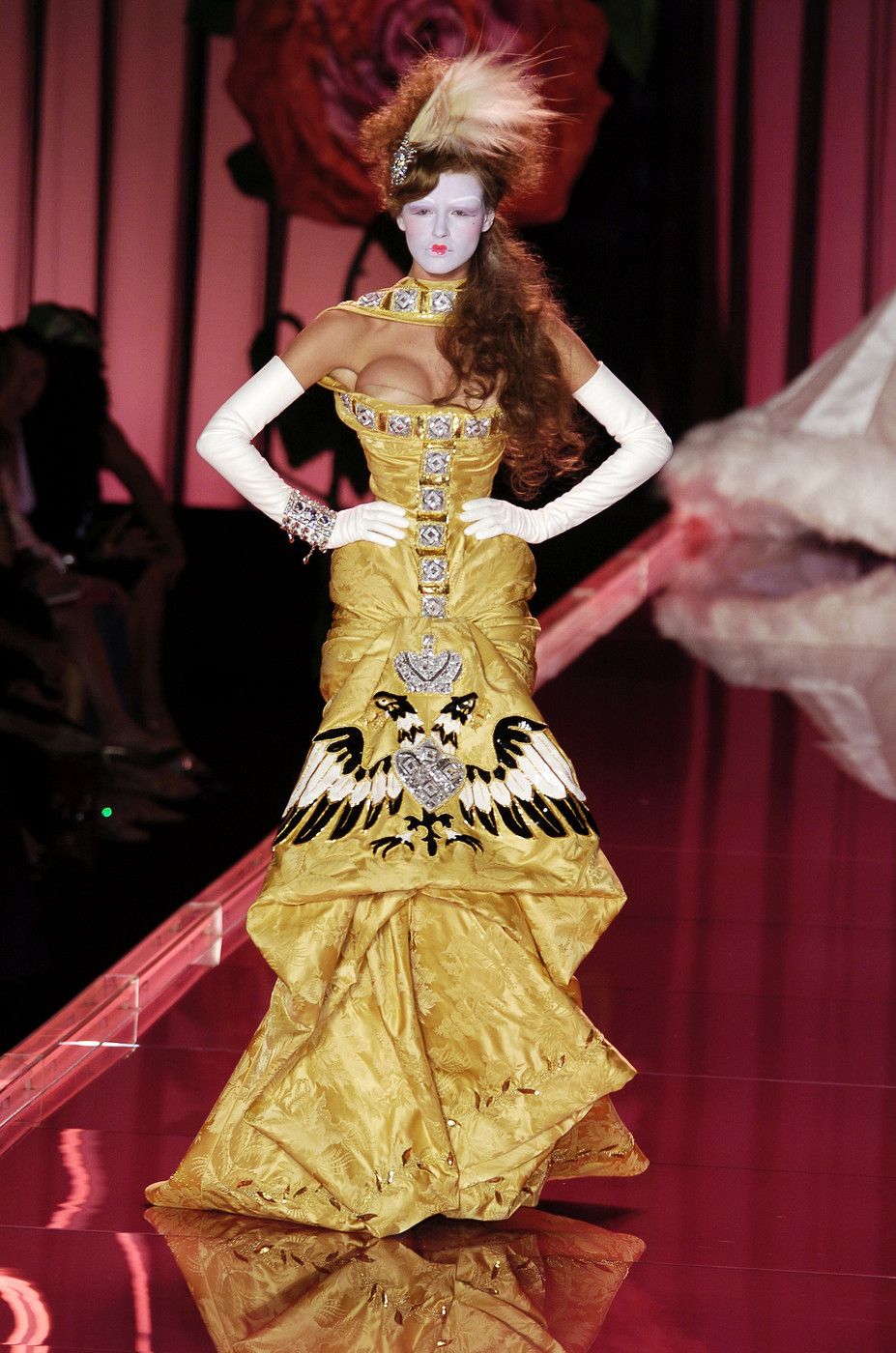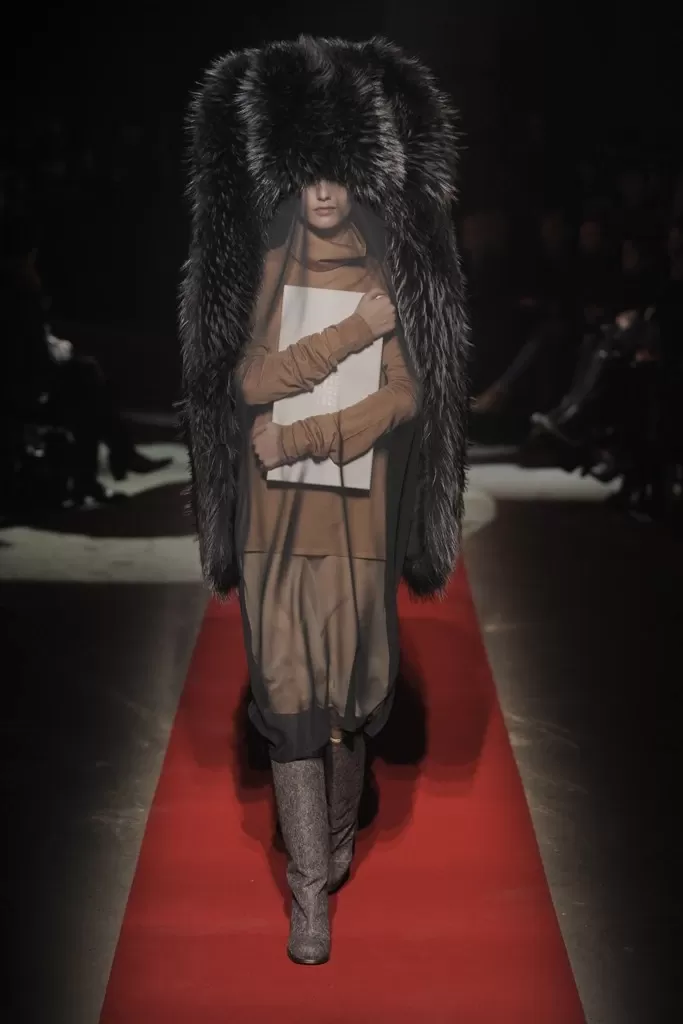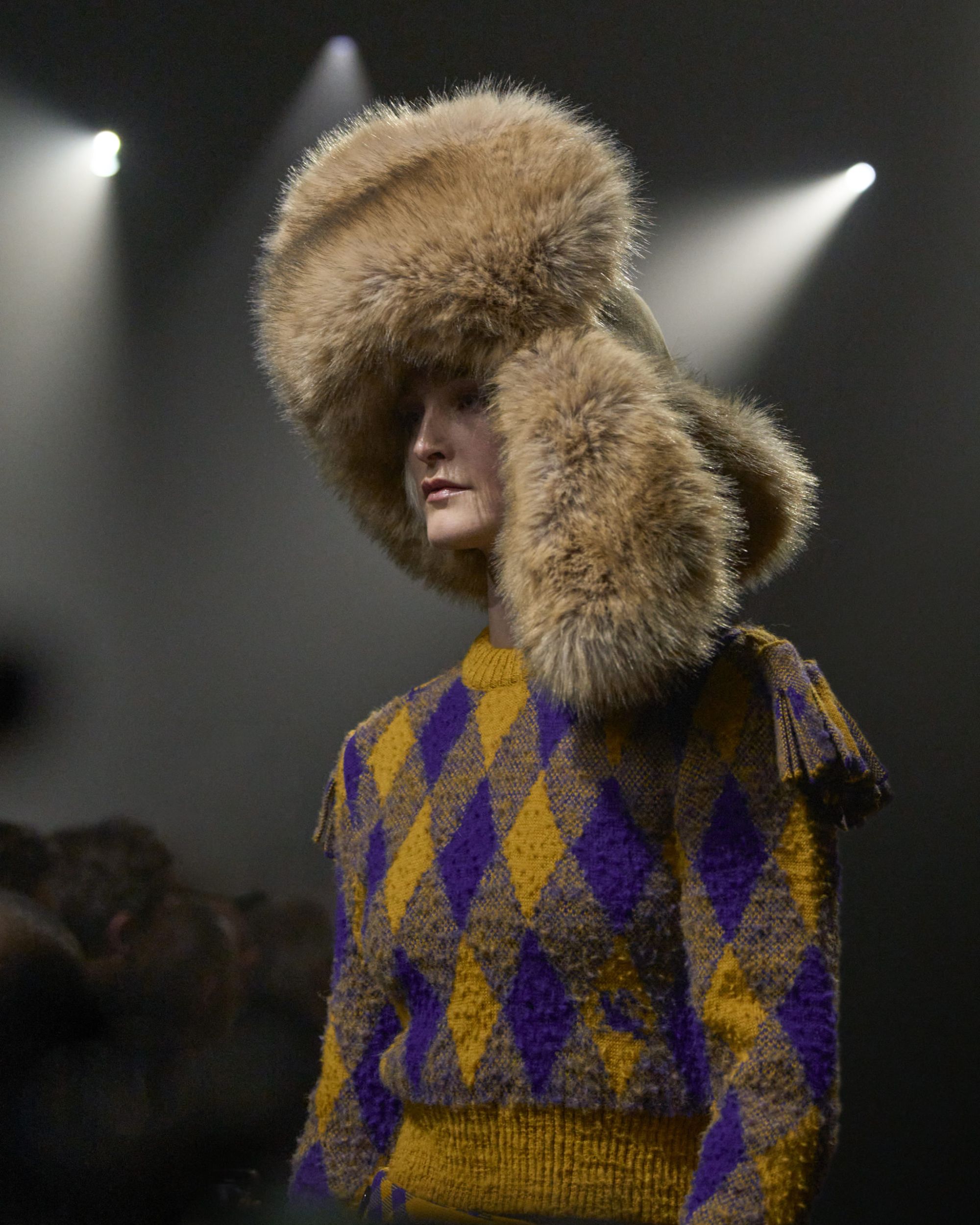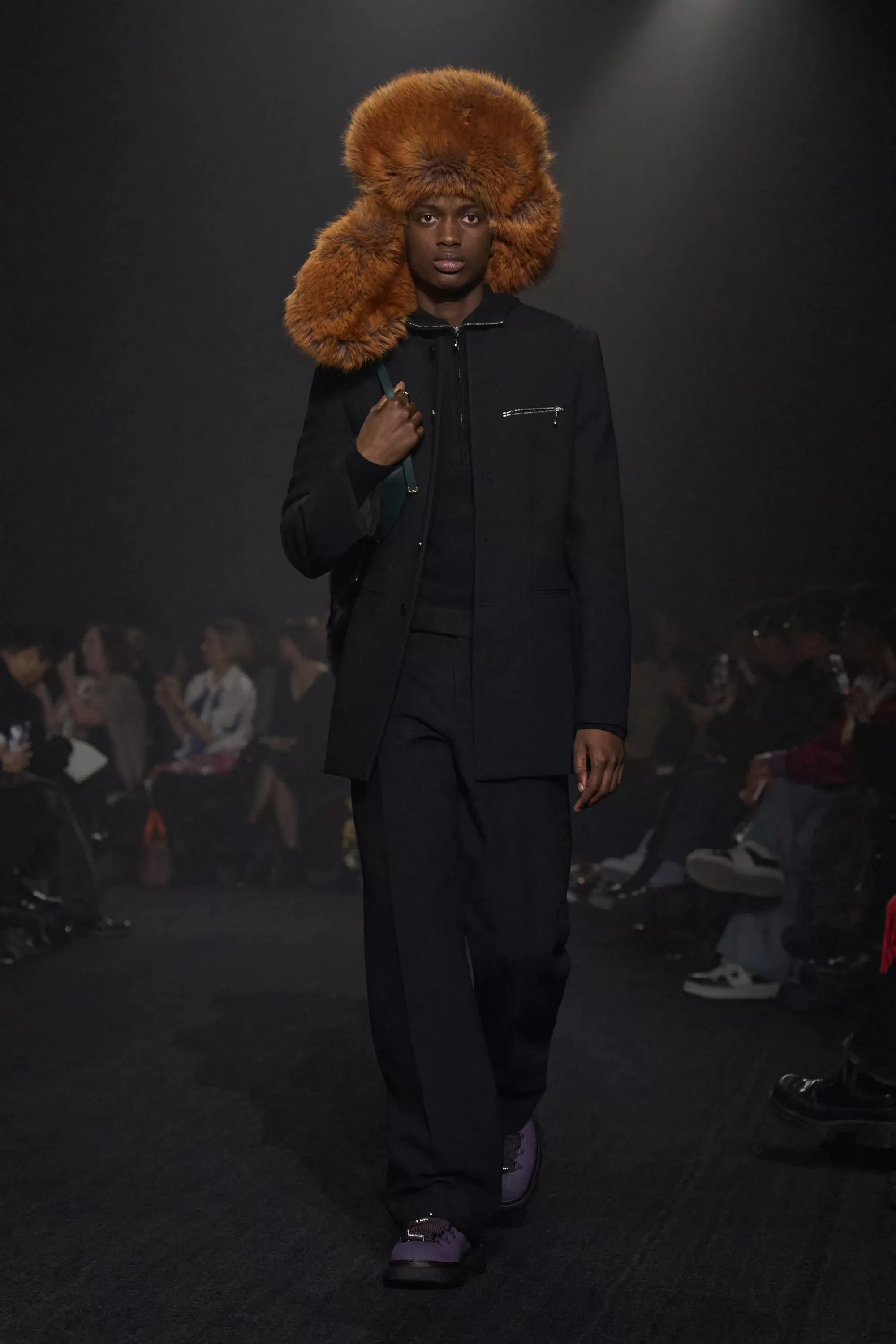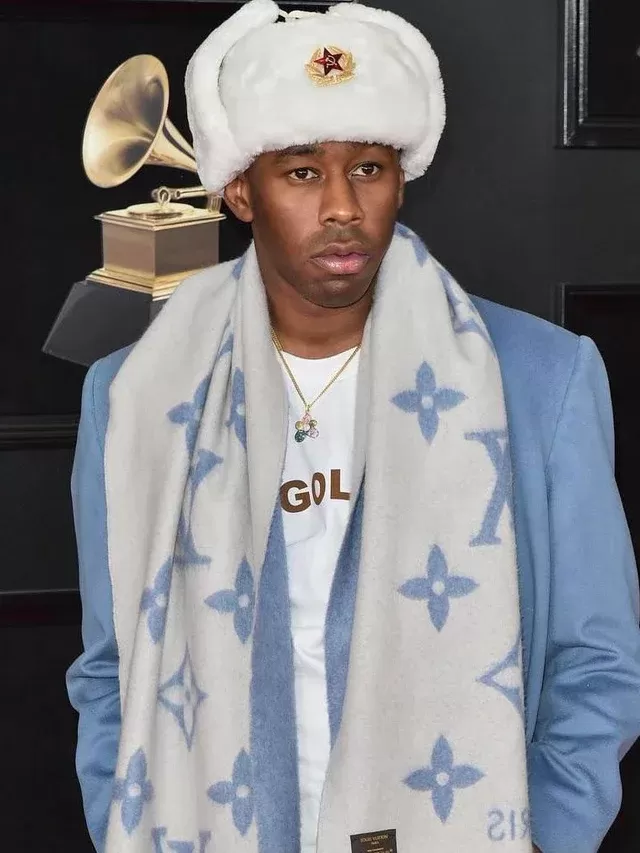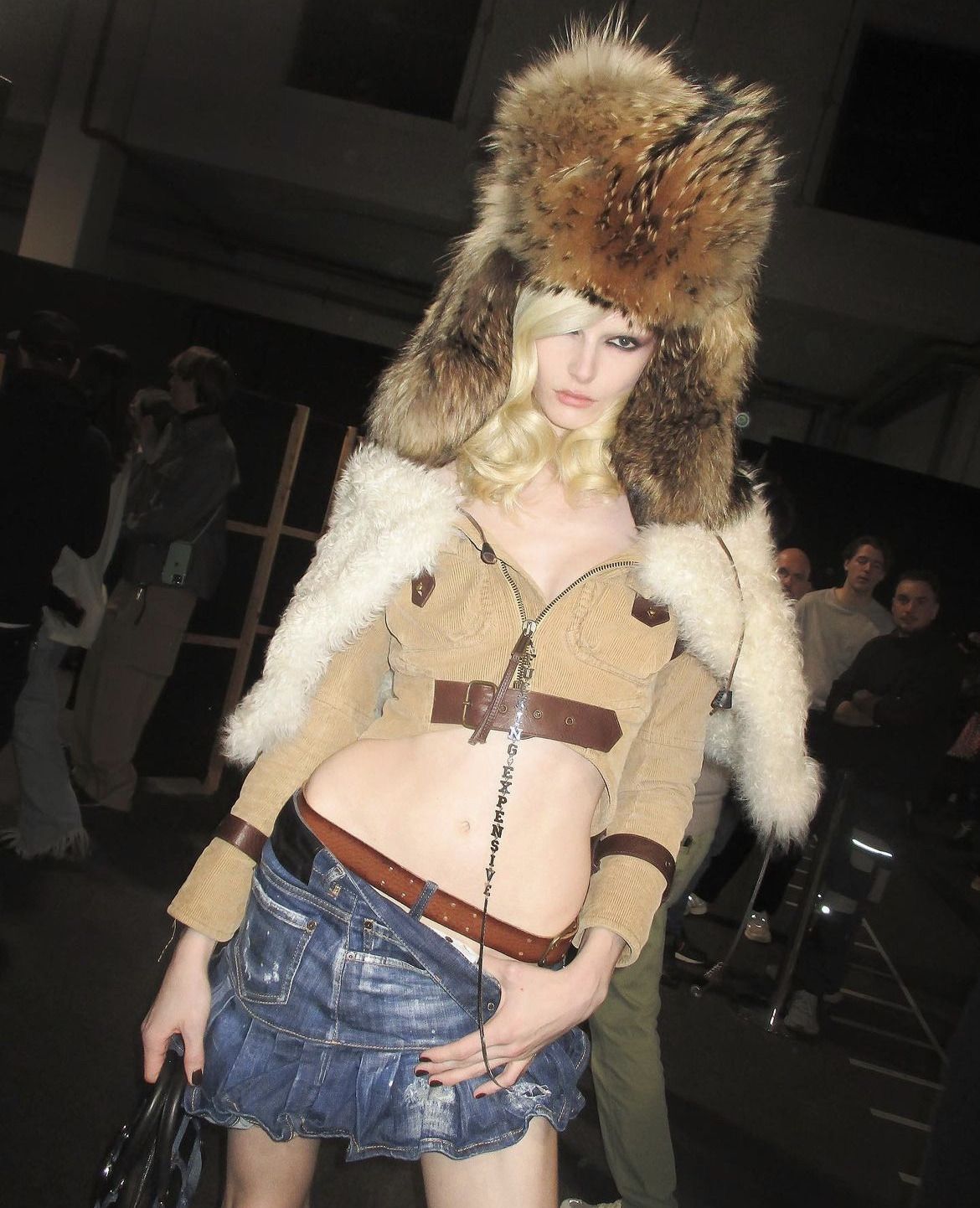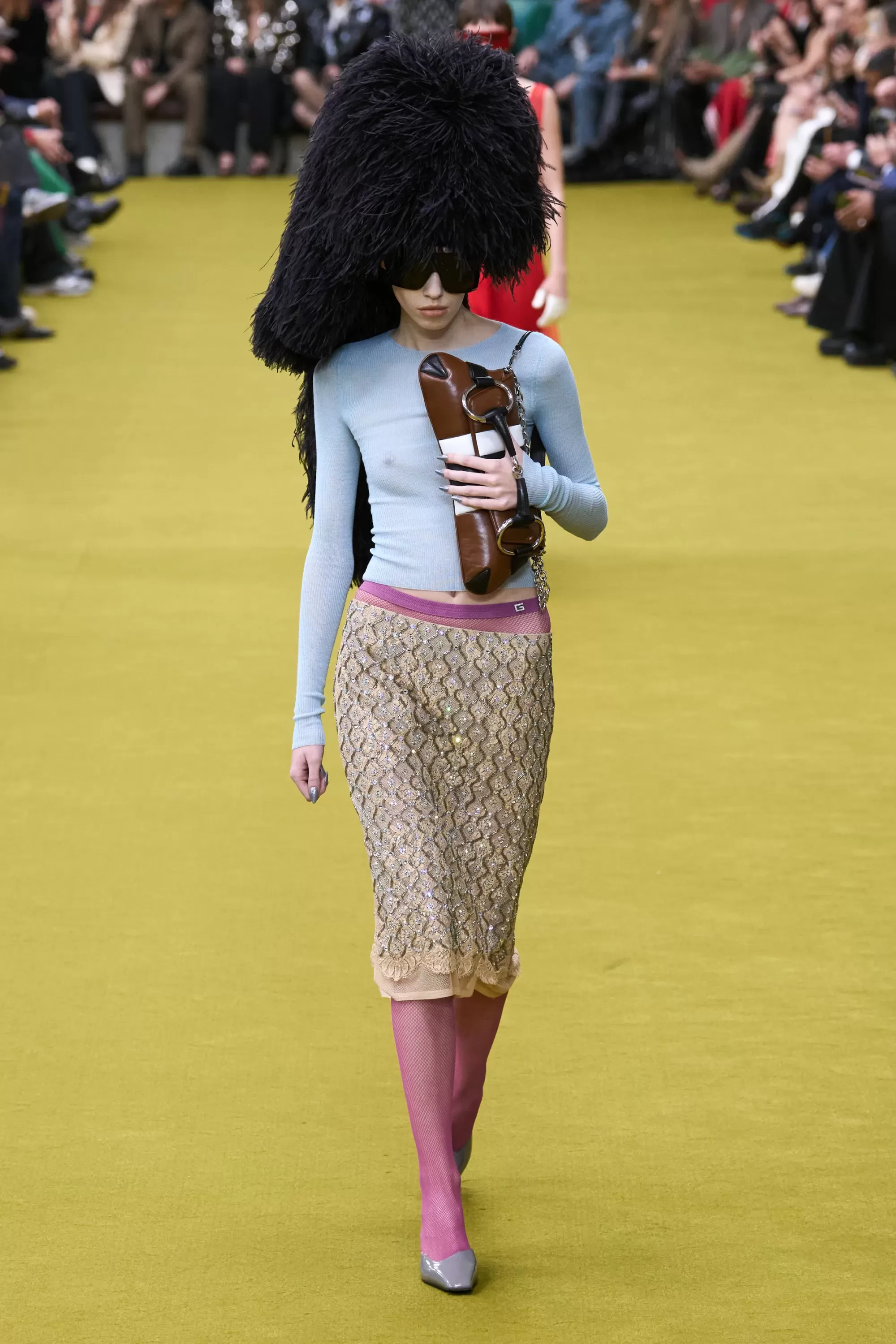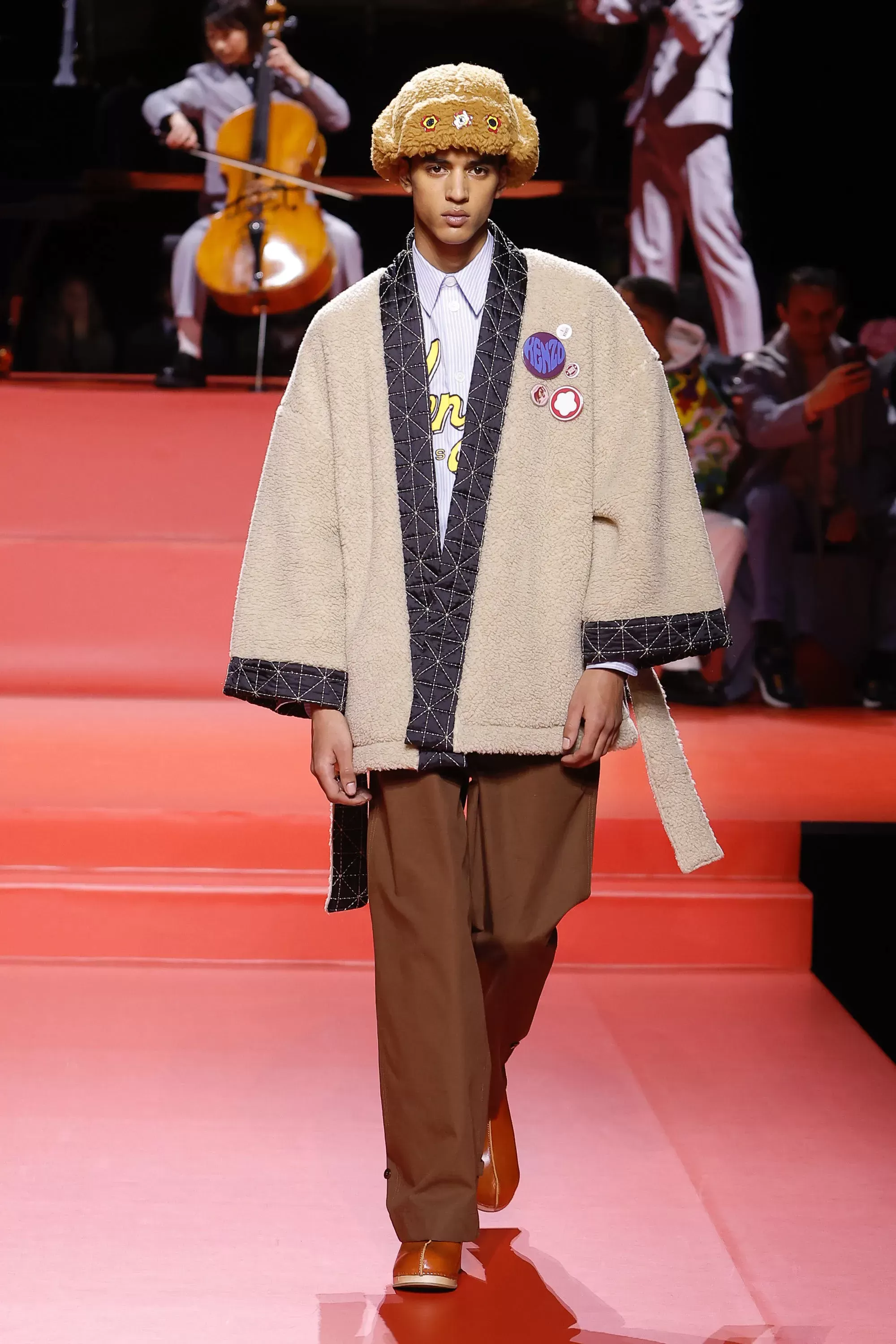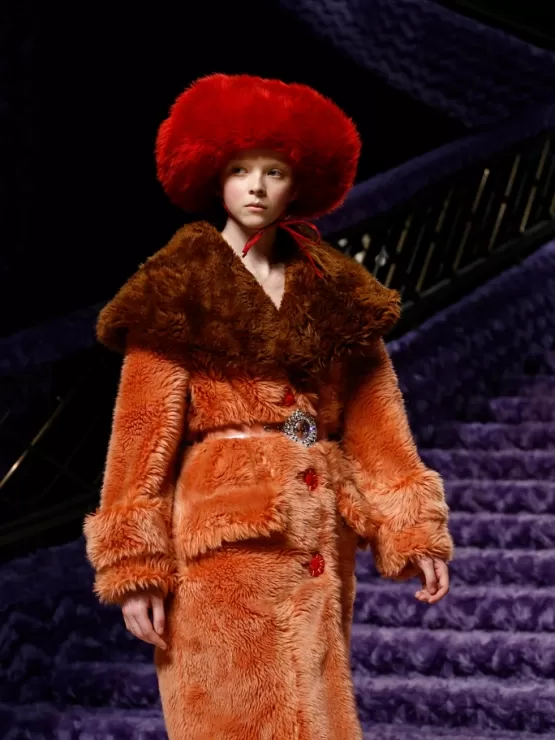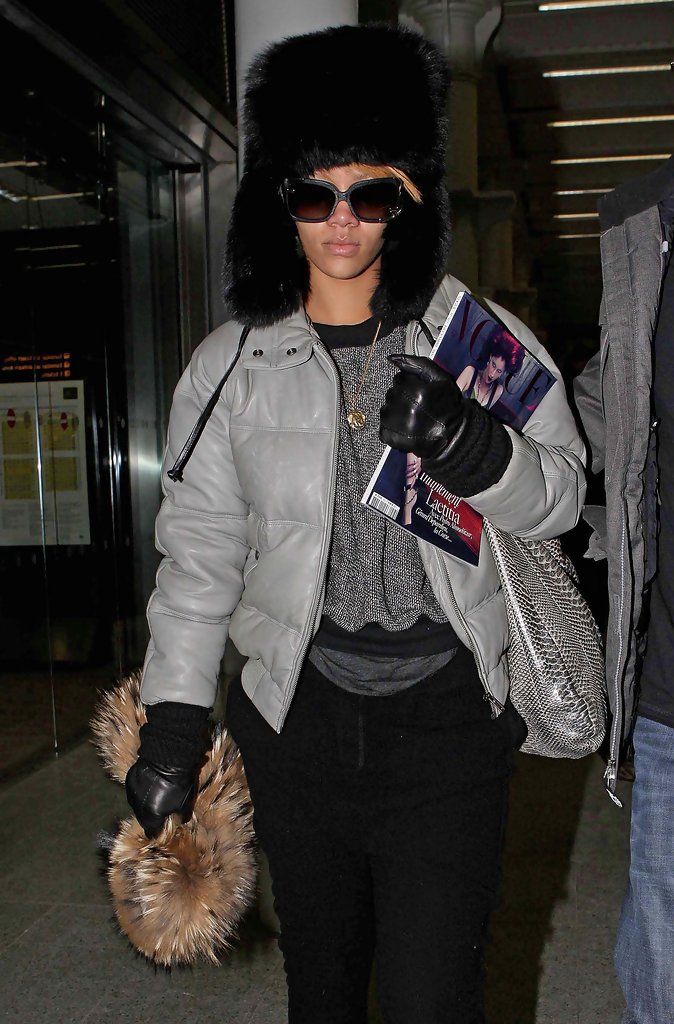
Why the bearskin is the real trend of the season From Gucci's glamorous declination to Burberry's hunting twist
Between Yeti boots and faux fur, the catwalks of recent years have welcomed furry clothing with open arms, thanks to the Y2K revival that has seen Gen Z incorporate furry accessories like belts and earmuffs into their looks over the past three years. But a new hairy protagonist triumphed on the FW23 catwalks, the headgear historically associated with the Soviet army: the bearskin, also known as the ušanka. From the glamorous declination of Gucci to the hunting attire of Daniel Lee at Burberry and the hats with medals of Nigo at Kenzo, via Dsquared2, Casablanca, Patou: the brands gave their own interpretation to a trend that will conquer the streets and feeds following the success of the Muppet Hat, which adorned the head of the celebrity Olympus in 2021, from Rihanna to Rosalia.
The fur hat typical of Eastern countries as we know it today has a fairly recent history, but the model from which it descends is a truly historic garment. The traditional Russian cap, made of leather and sheepskin, appeared around the 20th century, during the Civil War of 1918-1919 among the men of the White Army. In the 1930s it became an essential garment in the uniforms of some Red Army naval units, while in the early 1940s it was introduced as an integral part of the winter uniform of the entire army. But the predecessor of the ushanka, the treukh (a name derived from the Russian words 'три уха', triukhà, meaning 'three ears'), a round cap with three fur flaps protecting the ears, neck and forehead, was an indispensable ally against the harsh climate from the beginning of time, worn also by ordinary citizens and also characteristic of the Armenian, Turkish and Afghan peoples. Nevertheless, in the collective imagination, the ušanka is almost exclusively associated with the uniform of Soviet soldiers, the Red Army or the Russian people as a national symbol. But in fashion, the bearskin loses its symbolic and practical value and becomes rather a symbol of extravagance, especially when its volume goes to the extreme.
Fashion's passion for oversized accessories has often been expressed through the bearskin since the 1980s, when the opulence of old-money fur (now faux fur) also declined in headwear. Moncler Grenoble's vitamin-enriched colbacs for FW16, matched with Yeti boots, echo the range of colours from baby pink to optical white of Chanel's FW94. Prada's FW19 saw the Ushanka reach the pinnacle of utilitarianism. It was made of nylon and lined with fur on the inside to be both warm and waterproof. Those by Miu Miu FW17 were round rather than square, a departure from the Muppet hat, reminiscent of the eccentric accessories of Marc Jacobs' FW13. Saint Laurent's FW01 was a tribute to the hat in its most classic form, while Martin Margiela's FW10 took the accessory to its most extreme proportions, given a sad patina by the black veil that covered the models' faces. But the biggest hats fan remains John Galliano, fashion's enfant terrible, who explored the shapes and colours of the accessory during his time at Dior, from FW02 to FW04, all the way to the feathers of 2002 haute couture. Are you ready to see Gen Z in bearskin and jeans? Because it's going to happen very soon.










































